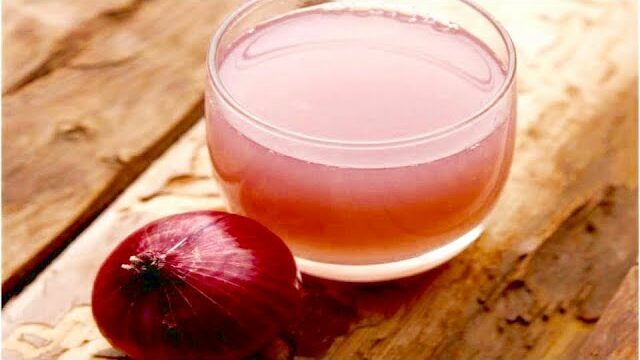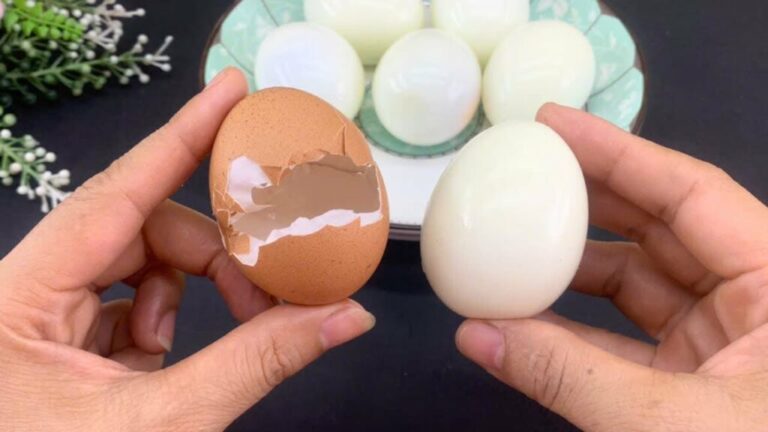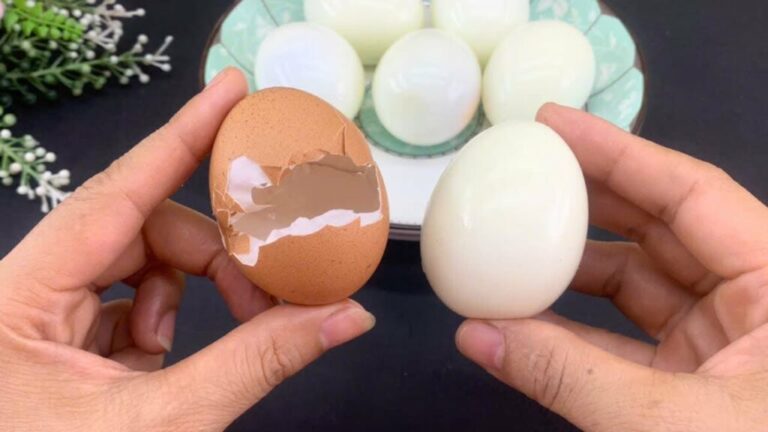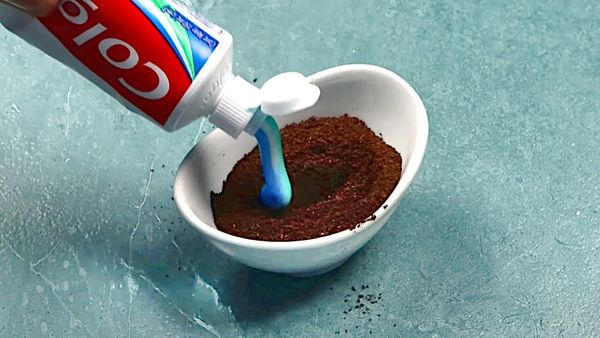Red onion juice might not be the first beverage you think of when considering a health drink, but it holds an array of benefits that could surprise you. Known for its bold flavor and numerous health properties, red onion juice offers a unique way to boost overall health when consumed regularly. Here’s what happens to your body when you start drinking red onion juice daily.
Health Benefits of Red Onion Juice
- Rich in Antioxidants: Red onions are packed with antioxidants, particularly quercetin, which can help combat inflammation and reduce free radicals. These antioxidants protect the body against various diseases, including heart disease, cancer, and diabetes.
- Boosts Immune System: High in vitamin C and phytochemicals, red onion juice strengthens the immune system, making it more efficient at warding off infections.
- Improves Heart Health: The flavonoids and sulfur compounds in red onion juice help reduce high blood pressure and lower cholesterol levels. Regular consumption can contribute to better heart health and reduce the risk of heart disease.
- Supports Digestive Health: Red onions contain fibers called fructans which act as prebiotics. These prebiotics support healthy bacteria in the gut, aiding digestion and preventing issues like constipation and irritable bowel syndrome (IBS).
- Anti-Inflammatory Properties: The compounds in red onions provide anti-inflammatory effects that can benefit those suffering from inflammatory conditions such as arthritis or allergies.
- Helps Control Blood Sugar Levels: Red onion juice has properties that may help regulate blood sugar levels, making it a beneficial drink for people with diabetes or those at risk of developing the condition.
How to Make Red Onion Juice
Ingredients:
- 1 large red onion
- 1 cup of water (optional, for diluting)
- Honey or lemon juice (optional, for flavor enhancement)
Instructions:
- Peel the Onion: Start by peeling the red onion and chopping it into quarters. This makes it easier to blend and extract the juice.
- Blend the Onion: Place the chopped onion in a blender. Add a little water if you want to dilute the potency of the juice.
- Strain the Juice: After blending, strain the mixture using a fine mesh sieve or cheesecloth to extract the juice. Press or squeeze the pulp to get as much liquid as possible.
- Flavor Enhancements: To improve the taste, you might want to add a little honey to sweeten or a squeeze of lemon juice for a citrusy kick.
- Serve: Drink the juice immediately, or store it in the refrigerator for up to a day.
Consumption Tips:
- Start with a small amount to see how your body reacts. Red onion juice is potent and might not be suitable for everyone, especially if you have a sensitive stomach.
- Drinking red onion juice on an empty stomach can maximize absorption of its nutrients.
Incorporating red onion juice into your daily routine could lead to noticeable improvements in your overall health, thanks to its potent nutritional content. As with any significant dietary change, it’s a good idea to consult with a healthcare provider, especially if you have underlying health conditions.









